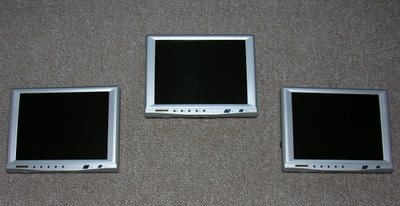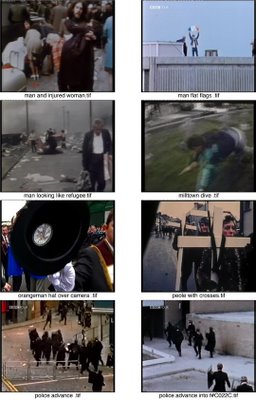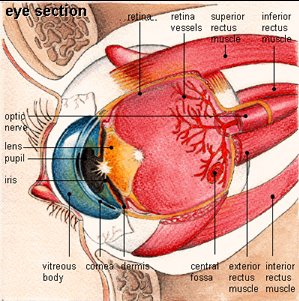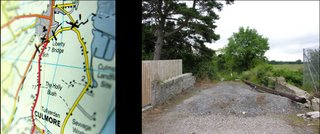Project Reflection
As my research developed it became more important for me to navigate through these vast historical visual records, selecting key sequences, manipulating and representing the material, frame by frame in many cases. Allowing the material to exist and work on an alternative level, extracting them from the corporate world of broadcast for which they were originally captured. Through attempting to access this material I now realise how prohibitive the structures are within the likes of the BBC, ITV, UTV, BFI, Pathe or even the National Film Archive for an individual wishing access to, and material from their archives. The market value of this material makes this both financially prohibitive and indeed these organisations are unresponsive to requests for much discounted rates given the intended use. The BBC have opened up their archives a great deal over the last couple of years, but it was also the cost of the volume of material that I needed to work through that made it unfeasible.
The BBC “On This Day” section of their website is great for viewing archival material and audio for the chosen date, but is only available to view online. They have also recently launched the BBC “Motion Gallery”, which is a searchable database of content from their archives. The British Pathe archive has also now a searchable database with download options, but there isn’t much from the period of the troubles in Northern Ireland. I did download one sequence but the compression on the clip made it inappropriate, and hard to extract figures from as their was a lot of blurring of edges and general lack of contrast.
Eventually I found out about Peter Heathwood through The Conflict Archive Northern Ireland (CAIN) website. Peter Heathwood was shot and paralysed in a gun attack on his home in 1979. Since 1981 he has recorded daily television news items, documentary programmes, history programmes, and current affairs programmes about Northern Ireland for his own private use. He has set up a searchable database of all his programmes to help researchers. When I contacted Peter he was very keen to help me navigate through his large collection, via email, to find the kind of footage I required. He then copied 12 hour worth of footage onto DVD for a nominal cost.
Working with this footage has reinformed my ideas for the final show installation. What was to be a 5 Screen “open” installation has become a three screen enclosed space, allowing a much more intimate experience for the viewer. I find the experience of remaining open to changes that the work will dictate both exciting and rewarding and feel that the work has become more concise.
All my research and the writing of essays informed my practice strongly. Although my initial MA idea was only for a multi screened video/sound installation, I have now another strand of digital photographic work that immerged directly as a result of my research trip around the Irish border. The initial photographs formed a typology of points where the Irish border intersected public roads. These where in colour, and straight forward in approach. After some time and reflection informed by further research I decided to make new photographic works along 100m sections of Irish border. The process of producing these photographic composite images has enabled me to act upon the thoughts that I have had from my research in a much quicker and direct way than in the installational work, which in turn has been influenced by these photographic works. I have found that having these dual strands of visual work helps to keep a better perspective on each, allowing the ideas that inform the pieces to cross fertilise and progress at a greater pace.
I feel Good about the position that my overall project is in. Although due to the late date at which I finally gained access to archival footage the last Month has been very manic and will remain so until the installation of the final show.
I am also pleased with the composite photographic works that I have made.
My intention is to develop both strands of work further after the summer MA show. I have already started to plan a trip around the frontier of the European Union, where I will develop the form of travelling on a motorbike with portable media lab that I started last summer around the border of Northern Ireland. Since early in my MA, my intention has been to use the familiar territory of the Irish border to develop research and a solid ideological heart within my work, enabling me to then make informed work from travels through less familiar borderlands.
For this to happen I intend to start applying for funding towards this European Border trip through the Scottish Arts Council and Glasgow City Council, and to gain match funding through sponsorship in kind. I also need to find out more information about possible European funding. This will also entail securing venues for showing the finished work.





























